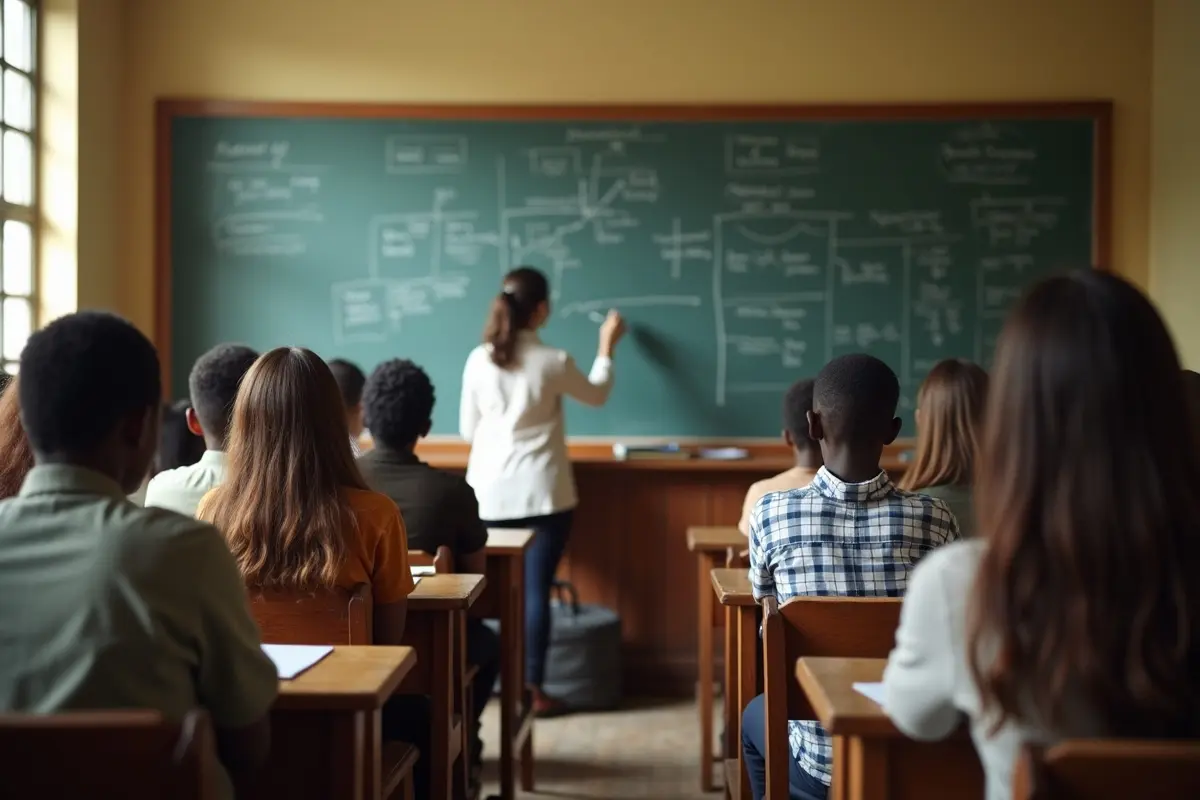Traditional education, which takes place in classrooms with teachers guiding lessons and students following a set schedule, has been the main way people learn for a long time. Even though modern methods are becoming more popular, traditional schooling still has a big impact on how students grow.
It helps shape their thinking, social skills, and emotional development. However, while it has many good sides, it can also limit creativity and flexibility if it doesn’t change with the times. Read on.
Contents
Structure and Discipline in Learning
One of the strongest parts of traditional education is the structure it provides. Students attend classes at specific times, follow clear routines, and complete regular assignments. This helps them learn:
- discipline
- responsibility
- organization
By studying for exams, meeting deadlines, and keeping to a schedule, students develop time management skills that are useful throughoutTeachers also play a key role in traditional education.
They guide students, answer questions, and provide support. This relationship teaches students to:
- respect authority
- listen carefully
- follow directions
It also helps them understand how to work in organized systems-skills that are important for both school and future workplaces. Check out the public charter school Southwest Las Vegas to learn more.
Building Knowledge and Thinking Skills
Traditional education focuses on building strong academic foundations. Subjects like math, science, language, and history are taught in an organized, step-by-step way. Students start with basic ideas and gradually move on to more complex topics.
This steady learning process helps them develop a deep understanding over time. Tests, quizzes, and repetition help students remember what they learn. Although memorization can sometimes feel boring, it builds a base for problem-solving and critical thinking.
Once students understand the basics, they can apply that knowledge to new situations. Traditional education also encourages logical thinking, helping students analyze information and make smart decisions.
Social and Emotional Growth
Traditional schools are not just about academics-they also help students grow socially and emotionally. Classrooms bring students together, allowing them to share ideas, work in teams, and communicate respectfully. Activities such as group projects, discussions, and school events teach:
- teamwork
- empathy
- cooperation
Being part of a school community gives students a sense of belonging. They learn to support one another, solve conflicts, and build confidence. These experiences help them develop emotional strength and prepare them for life beyond school.
Challenges and Limitations
Despite its benefits, traditional education has some challenges. The strong focus on exams and grades can make learning stressful. Many students feel pressure to memorize information rather than truly understand it.
This can reduce curiosity and creativity. Another issue is that traditional classrooms often move at the same pace for everyone. Some students learn quickly and get bored, while others need more time to understand new topics.
This “one-size-fits-all” method doesn’t always support every student’s needs. In addition, too much competition can lead to:
- stress
- anxiety
- burnout
Schools also don’t always focus enough on creativity, emotional intelligence, or real-world problem-solving skills that are increasingly important in today’s society.
The Old Ways Are Still the Best
Traditional education has shaped many generations by teaching discipline, knowledge, and social values. Its structured environment helps students develop strong habits and important life skills.
However, to help students succeed in a changing world, education needs to evolve. A balanced approach will best prepare students for future challenges.
If you want to read more articles, visit our blog.



